When you have the words McLaren and Senna combined in a conversation, you're probably talking about the formidable combination of the Woking team and the Brazilian legend that dominated the world of Formula 1 back in the late 80s to the early 90s.
However, in 2018, that iconic partnership resulted in one of the most track-focused cars of the decade, and aimed to provide one of the purest connection between a supercar and its driver, with the unveiling of the McLaren Senna hypercar. Its track-only version, the Senna GTR, is so technologically advanced and absurdly fast, that it got banned from racing in motorsports. Want to know why? Here are some of its secrets.
8 Monster Downforce Levels
The McLaren Senna GTR was built for one thing and one thing only, and it is to break the fastest laptimes in racetracks all over the world. To accomplish that, the Woking-based manufacturer made sure that the hypercar is firmly planted to the ground at any speed.
Its aggressive exterior design, that monster rear wing and diffuser combo together with the other active aerodynamic bits and pieces made it possible for the bodywork to produce up to 1000 kg of downforce at 155 mph.
7 Raw Power
In order to overcome the absurd levels of downforce that the Senna GTR's bodywork produces, you're gonna need a lot of horsepower to reach its 211 mph top speed. As a result, McLaren turned to one of its own engines and took out the powerplant of the 720S, and made it more powerful.
The M840TR 4.0-liter twin-turbo V8 engine of the Senna GTR produces 825 bhp and 800 Nm of torque. Unlike other current hypercars, the McLaren does not have a hybrid system on board to supplement the engine. It's pure internal combustion madness.
6 Motorsport-Derived Suspension
Huge power and lots of downforce. There was only one thing left to make sure the Senna GTR could put all of that to good use, and that was having a suspension that is up to the task.
As a result, McLaren turned to their GT program and put in a GT3-spec suspension to the Senna GTR. That involves a wider track and more aggressive camber than the road-legal Senna, to make the most out of the Pirelli slick tires that comes as standard with the hypercar.
5 McLaren Monocage Technology
McLaren were the pioneers of making carbon-fiber monocoque survival cells in Formula One, when they introduced it to the MP4/1 back in 1981. Now, that technology has trickled down to their road cars, first seen in the Mercedes-McLaren SLR supercar of the 2000s.
The Senna GTR is no exception to that treatment. McLaren's Monocage III-R is the most race-focused chassis that they've ever built, and it found its way to the hypercar, ensuring an immensely strong and light carbon-fiber tub that is race-ready, with FIA certified 6-point harness fixing points.
4 Active Rear Wing
In Formula One, the Drag Reduction System, or the DRS, is a device used to reduce the rear wing's downforce in the straights to boost top speed and aid in overtaking.
For the McLaren Senna GTR, its rear wing does not only have that F1 technology, it also pivots to increase downforce under braking for more stability and scrub speed easier. They call it the active rear wing, that acts as an air brake and a drag reduction system device.
3 Anti-Collision Radar System
In today's road cars, you'd normally see blind spot warning indicators and lane departure warning systems come as standard. But for McLaren, they took those things to a whole new level, and basically equipped the Senna GTR with a radar system.
Similar to a jet fighter, the anti-collision radar system provides live information about the distance and position of other cars in the track, enabling the driver to focus on driving rather than looking out for other cars during the event of a wheel-to-wheel battle.
2 Pit-To-Car Radio Intercom
As it is purely made as a track-only car, McLaren took the liberty of equipping the Senna GTR with a pit-to-car radio intercom system, to convey information to the driver from the pit and vice versa.
Regardless if it's a call to pit in or report a change in track conditions, the system would keep both parties informed and ready to respond to any situation on the track.
1 Built-In Black Box
The McLaren Senna GTR is not only made to be a driver-focused hypercar, but it could also help its drivers become faster, by recording driver inputs from numerous sensors and video footage from their laps with a built-in VBOX HD telemetry system.
You can hone your technique and lower your laptimes in specific parts of a race track with the telemetry system of the Senna GTR, as it provides valuable information in fine-tuning the car and the driver to make sure that lap records will be smashed, and the purest driving experience can be extracted to its full potential.

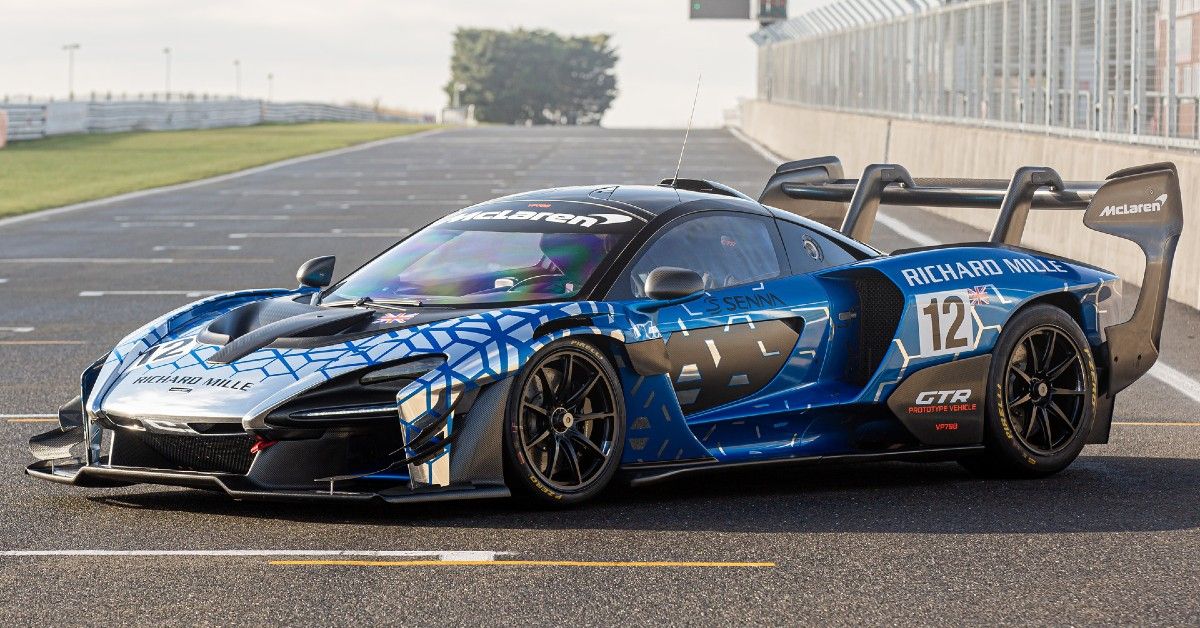
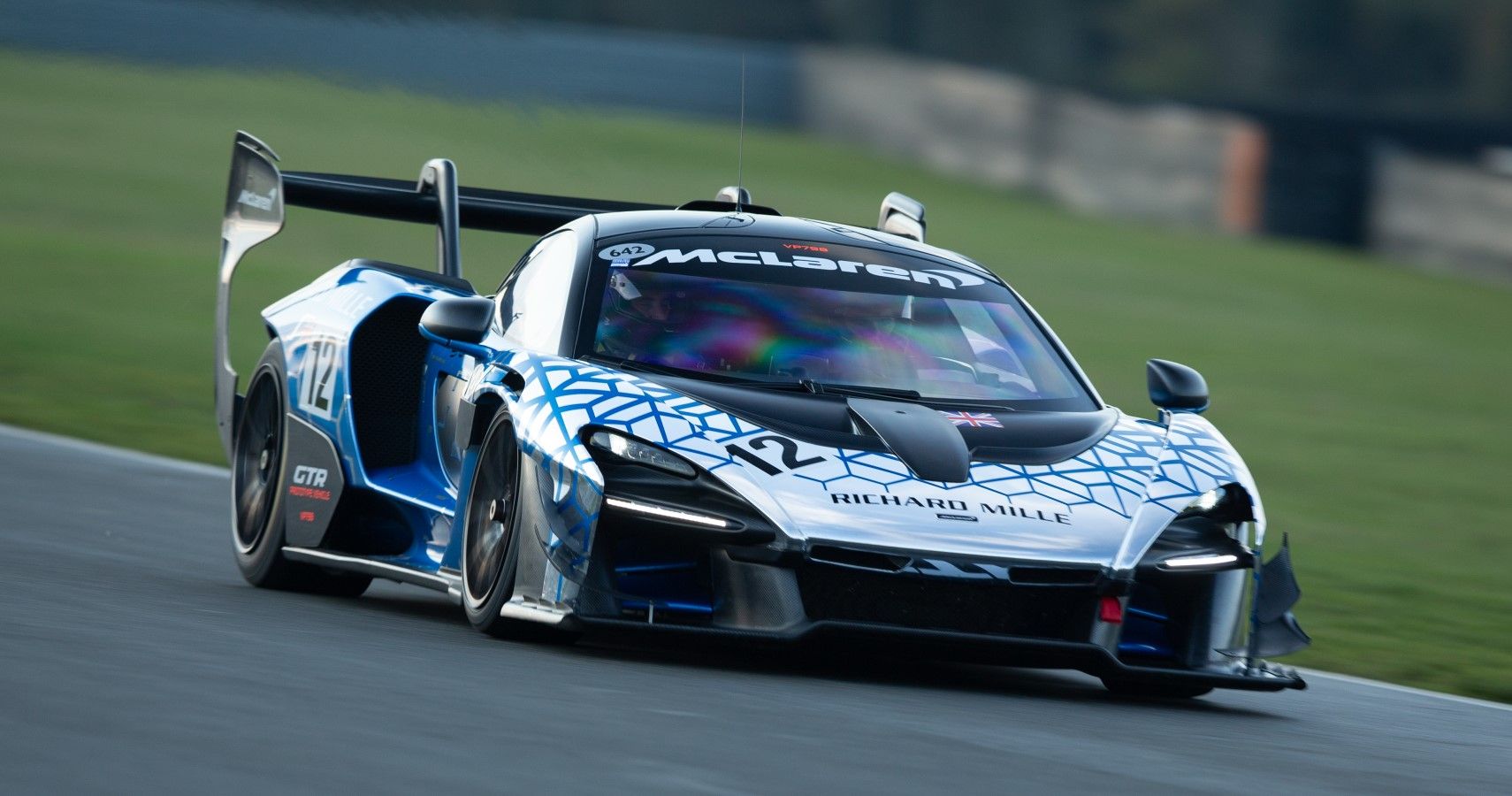
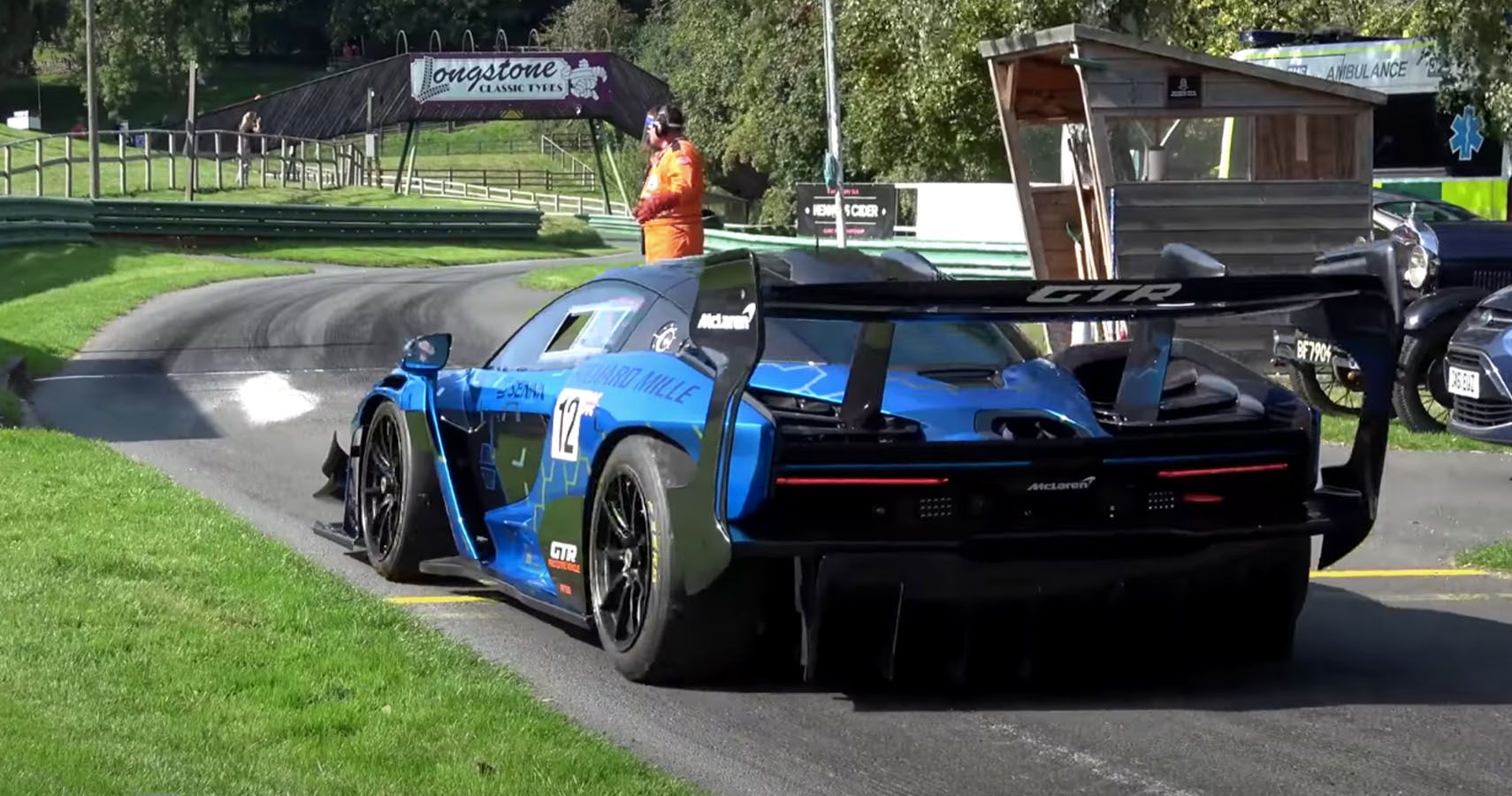
.jpg)
.jpg)
.jpg)
.jpg)
.jpg)
.jpg)
.jpg)
.jpg)
.jpg)
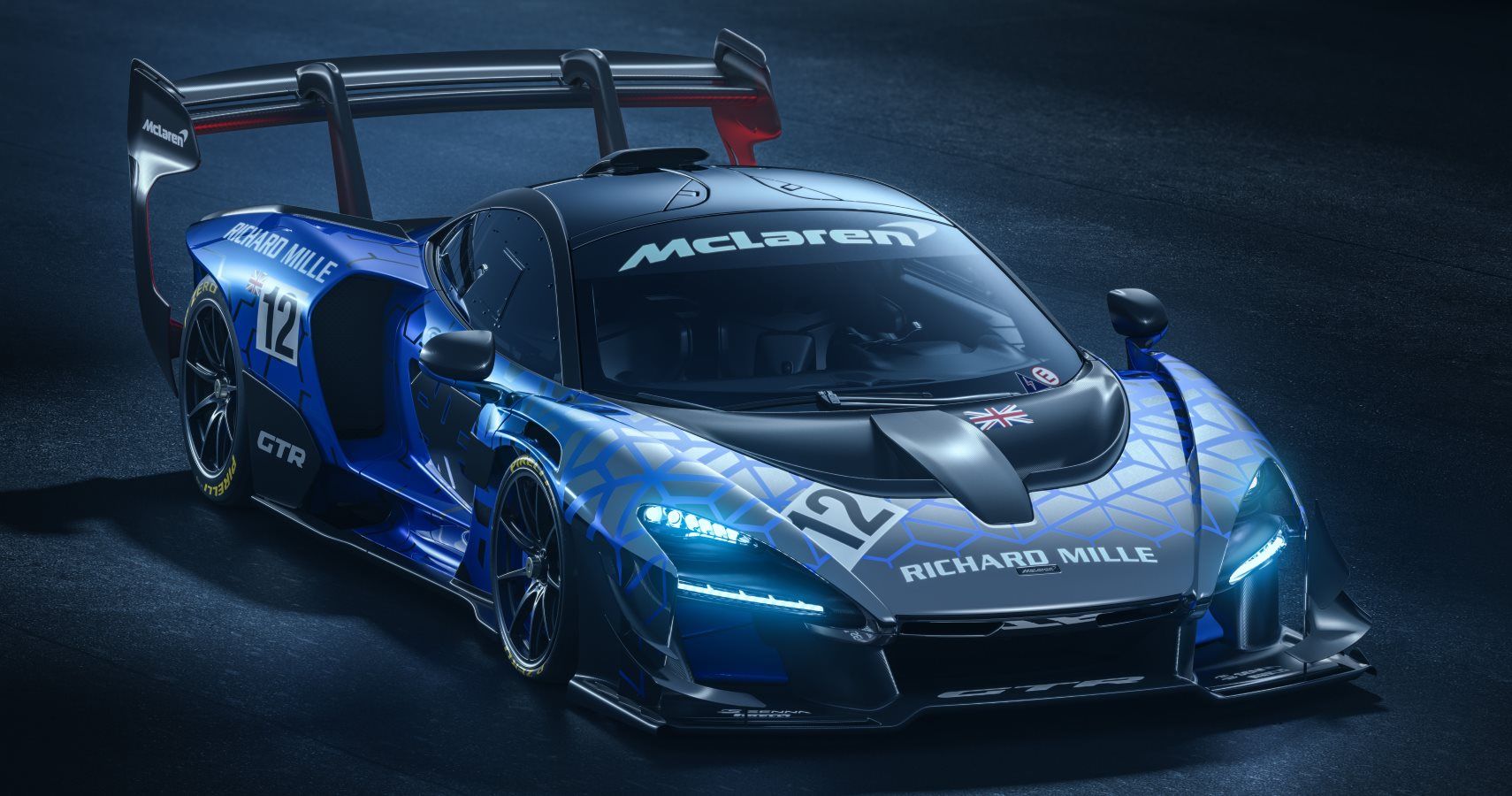
.jpg)
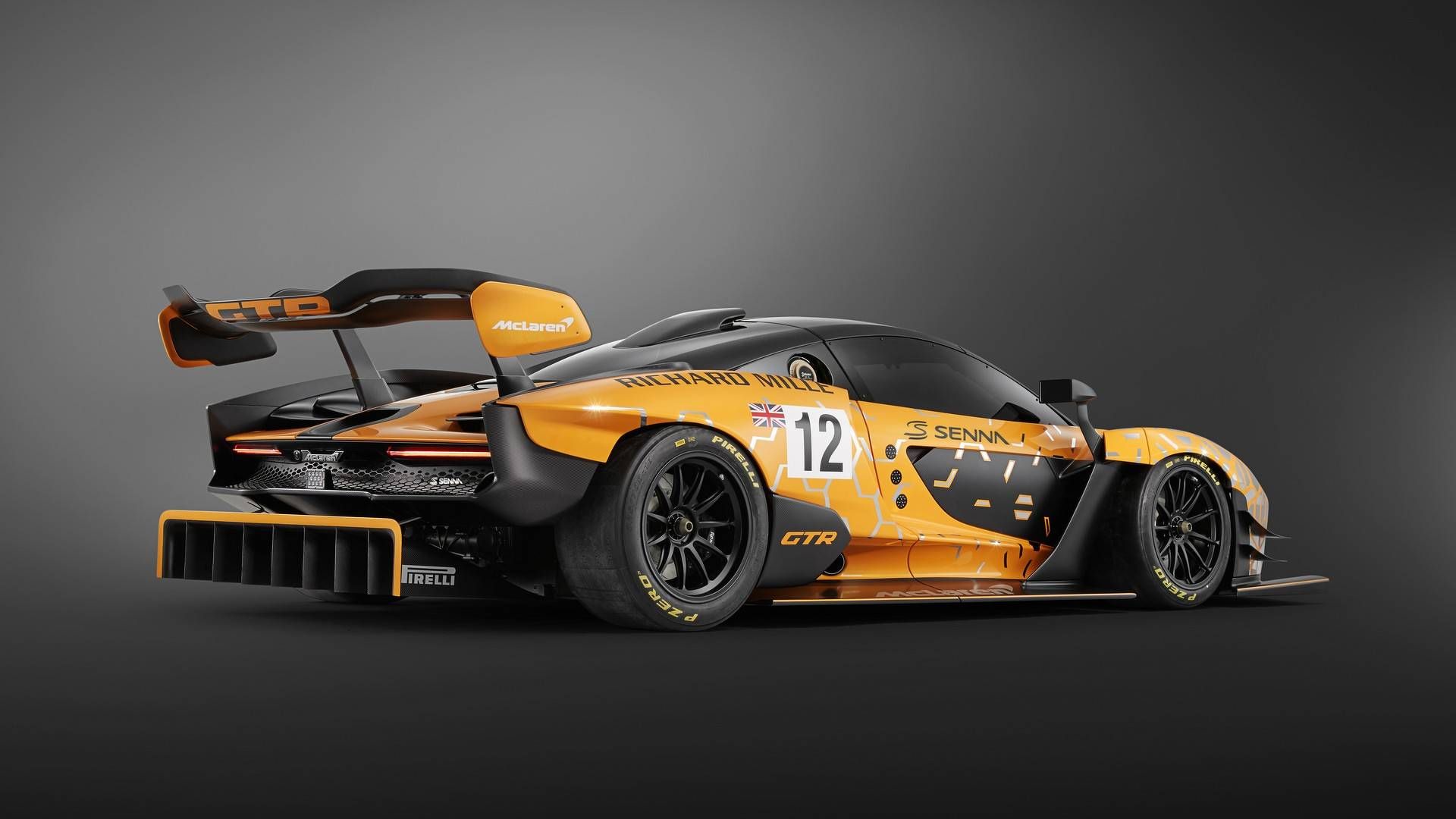
.jpg)
.jpg)